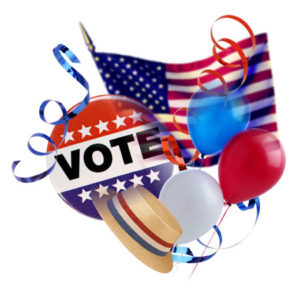So, perhaps you thought your tough decisions begin and end with the vote for president of the United States.
Hmm. Wrong!
Amarillo City Hall has put forward a package of seven ballot propositions. They total nearly $340 million. If we approve them all, our municipal property tax rate will increase a few cents per $100 assessed valuation on our property.
What we’ve got here is a comprehensive list of projects covering a multitude of areas involving the service that our city provides.
Here’s the link that summarizes them:
http://amarillo.gov/pdf/CIP_list_for_ballot_resolution.pdf
The package of measures represents a significant change in the process of governing at City Hall. The list is almost mind-numbing.
The list includes projects set for streets, public safety, municipal facilities, parks, the Civic Center, athletic facilities and the vehicle fleet.
My guess would be that every single one of Amarillo’s 200,000 residents partakes in at least one of those municipal services. Thus, we have a vested and tangible interest in ensuring we get the most of them.
This is a fascinating method of securing public support for these services. If voters approve all of them, they all get done — over time.
Voters, though, have the chance to decide which of these projects are the most important. If they don’t want to improve the city’s park network, they can vote no on that proposition. If voters think they’re safe enough and do not want to improve police and fire protection, well, you can say “no” to that one, too. Hey, if you like the condition of the streets, you can reject that one, too.
Here are the proposals as presented by the City Council:
http://amarillo.gov/pdf/Resolution_Callilng_November_Election_16.pdf
The total price tag, I should add, was winnowed down from an original wish list of nearly a billion bucks.
Amarillo’s elected and senior administrative leadership have boasted for as long as I can remember — and I’ve been observing City Hall for more than 21 years — about the city’s famously low municipal tax rate.
The city also carries relatively little debt, unlike other cities of comparable size around the state.
City Hall has done a thorough job of examining areas that need improvement. It has asked us — the taxpayers — to dig a little deeper to pay for them. It’s reasonable to ask those of us who partake of the services offered to pay for them.
Those agents of change who took office in the spring of 2015 promised to do things differently than what has happened before. I’ve been critical of some of the changes brought by the City Council.
This one, though, represents a positive — and proactive — new direction.
***
In the weeks ahead, I’ll be looking at some of these individual propositions and offering a comment or two on them. Until then, study up.
